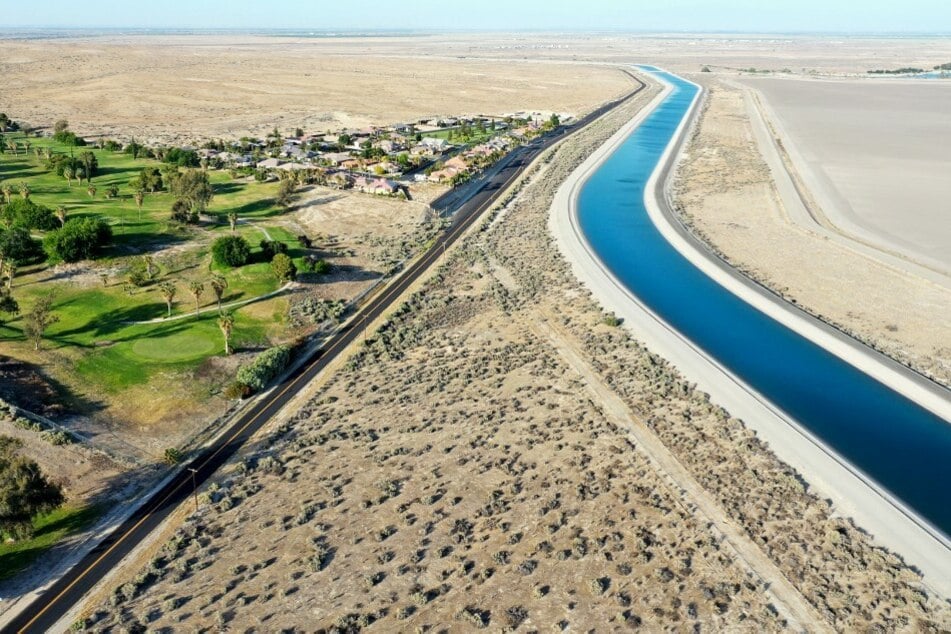Water restrictions could hit Californians if they don't cut down on use
Los Angeles, California - California Governor Gavin Newsom met with leaders of the state’s largest urban water suppliers Monday and begged them to step up efforts to get people to reduce water use as the drought continues to worsen.

Newsom warned that if conservation efforts don’t improve this summer, the state could be forced to impose mandatory water restrictions throughout.
Ten months ago, Newsom called for Californians to voluntarily cut water use 15%, but the state remains far from that goal.
The latest conservation figures have been especially poor. Water use in cities and towns increased by nearly 19% during March, an especially warm and dry month. Compared with a 2020 baseline, statewide water savings since July have amounted to just 3.7%.
"Every water agency across the state needs to take more aggressive actions to communicate about the drought emergency and implement conservation measures," Newsom said in a statement.
"Californians made significant changes since the last drought but we have seen an uptick in water use, especially as we enter the summer months. We all have to be more thoughtful about how to make every drop count."
Water use up across the board

After the 2012-2016 drought, when then-Governor Jerry Brown ordered a mandatory 25% reduction in urban water use, local water agencies told state officials they preferred an approach that allowed for greater flexibility and would be more tailored to local situations. Newsom has favored this locally driven approach. That, however, could change if things don't improve soon.
When compared with March 2020 – the year the current drought began – average water use in cities and towns across the state increased 18.9%, according to the water board.
The increase was even greater in the South Coast Hydrologic Region, which is home to more than half the state’s population. In this region, which includes Los Angeles, urban water use increased 26.9%.
Department officials said the steep increase was due in part to March 2020 being wetter than average compared with March of this year. The first three months of this year marked the driest start to the calendar year in California history, with statewide precipitation at only 15% of average.
March 2022 was also 3.6 degrees Fahrenheit hotter than usual; the same month one year ago was 1.3 degrees cooler than average.
In April, the State Water Project (SWP) managing water access for 27 million people in and around Los Angeles, declared a shortage emergency and introduced restrictions.
Cover photo: REUTERS